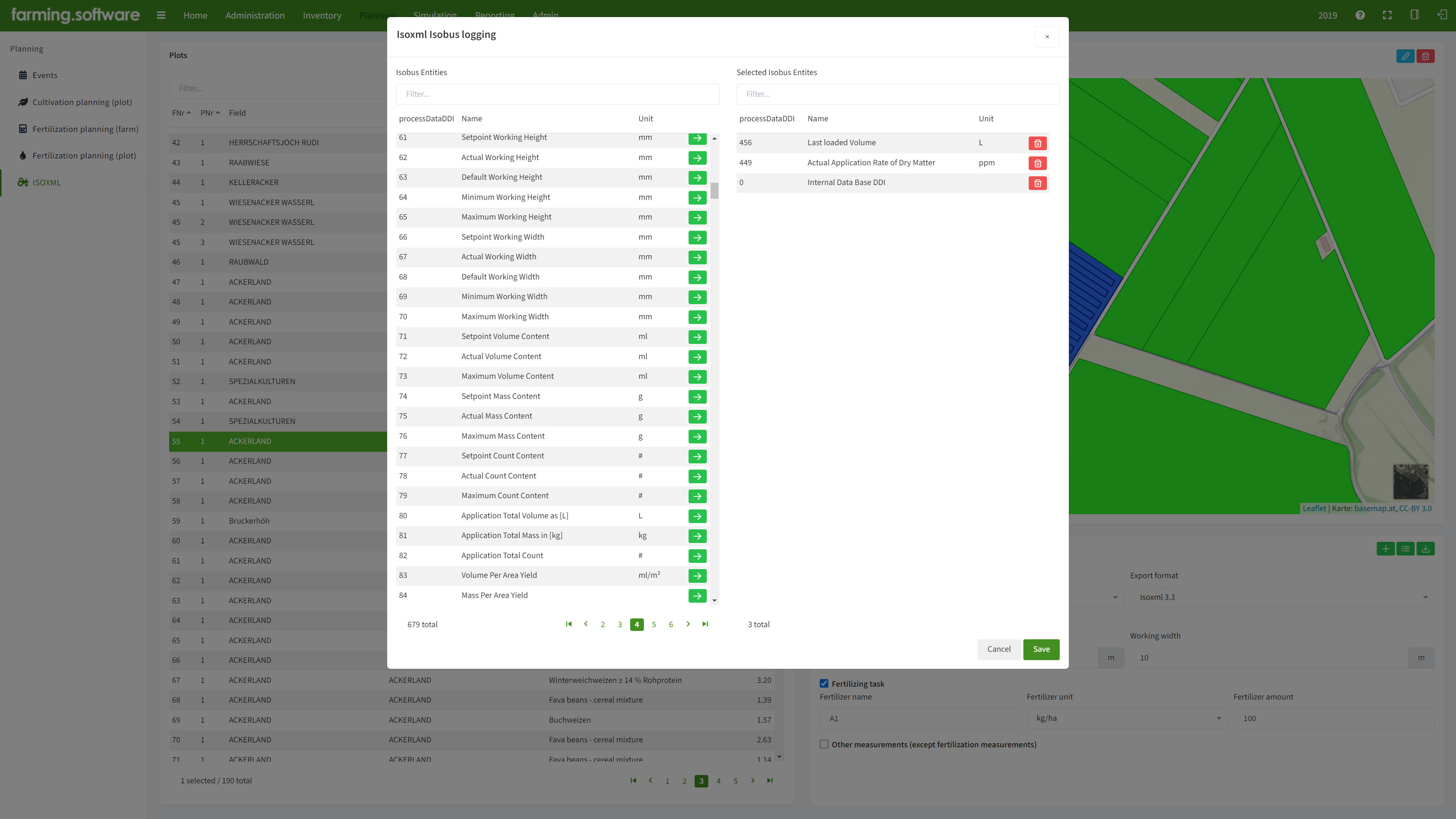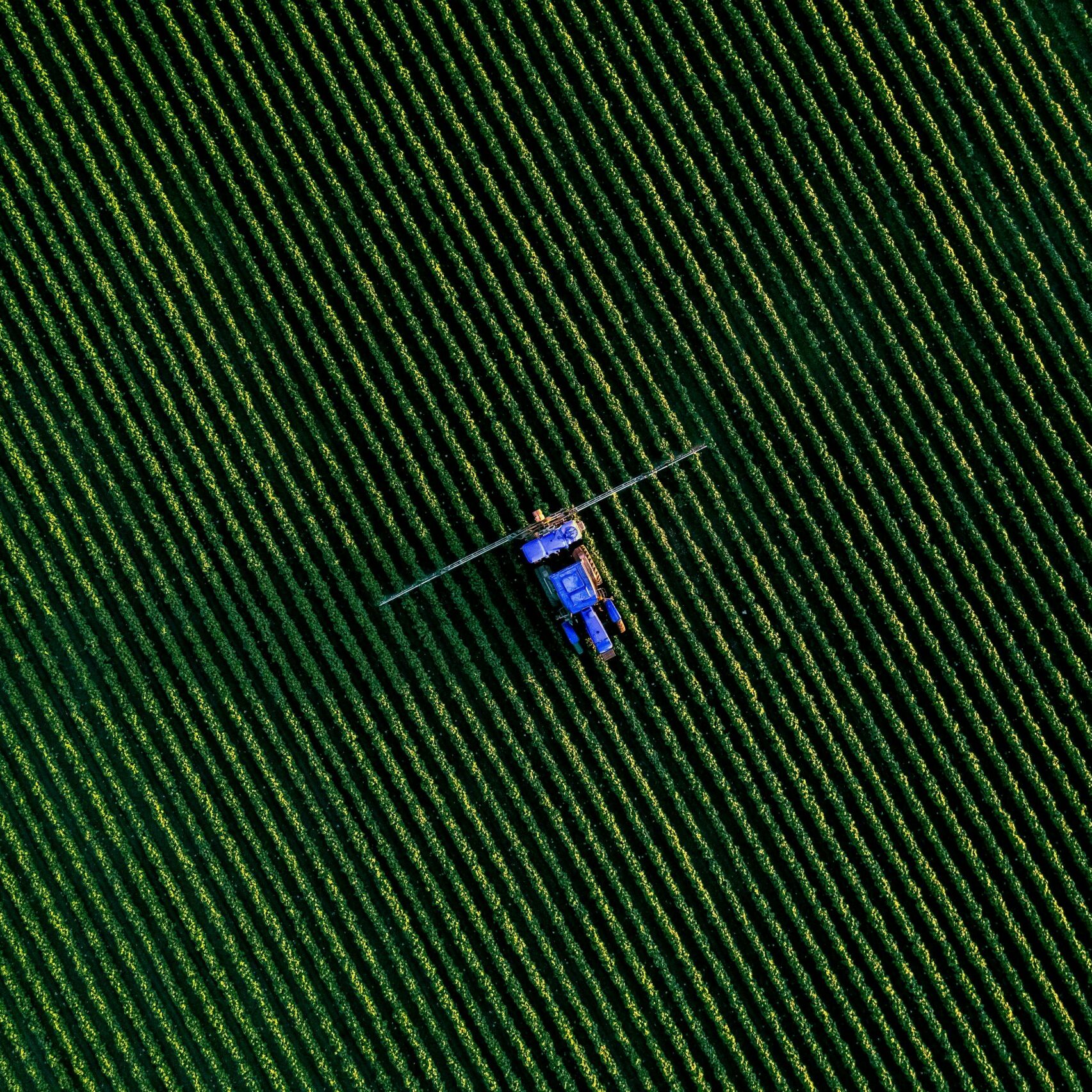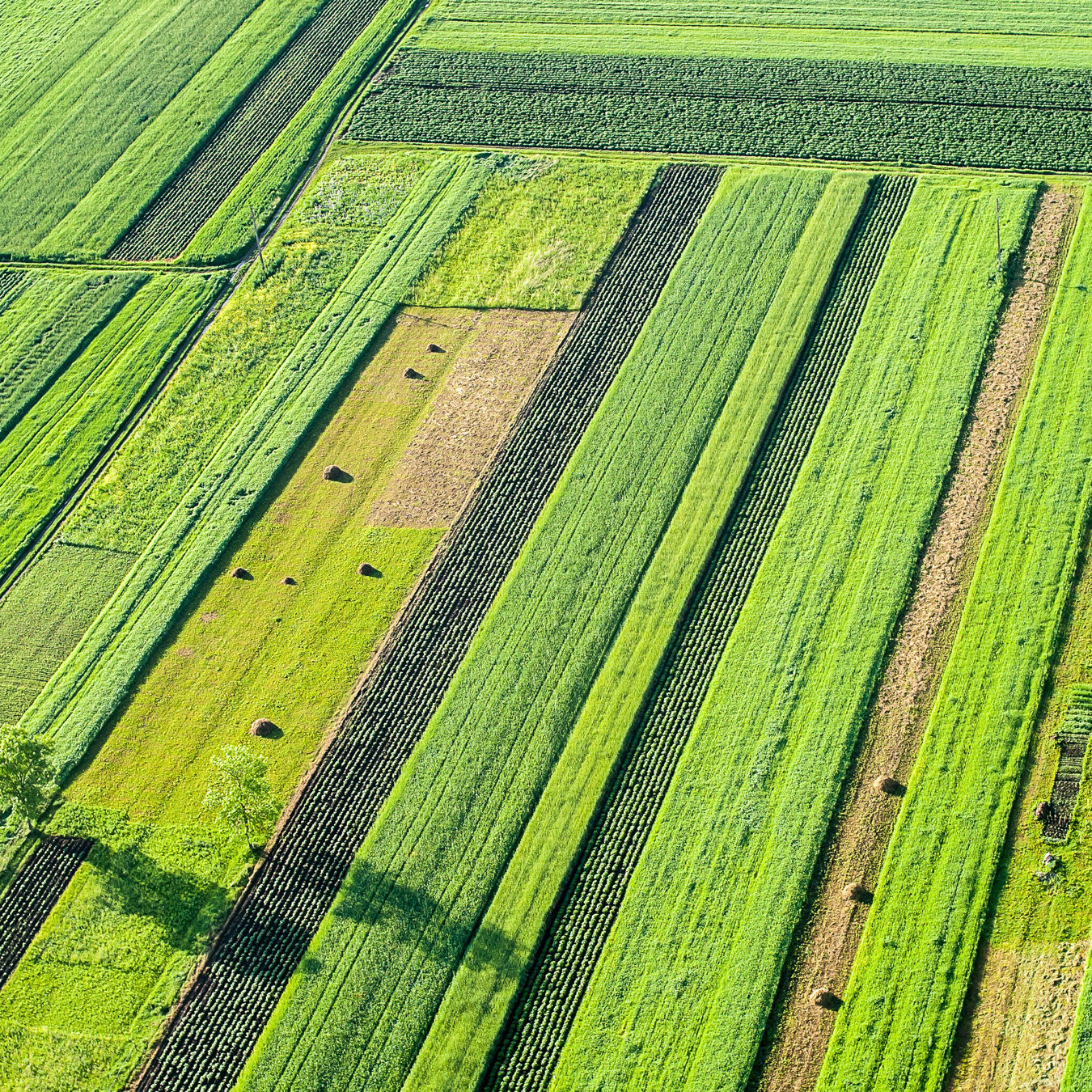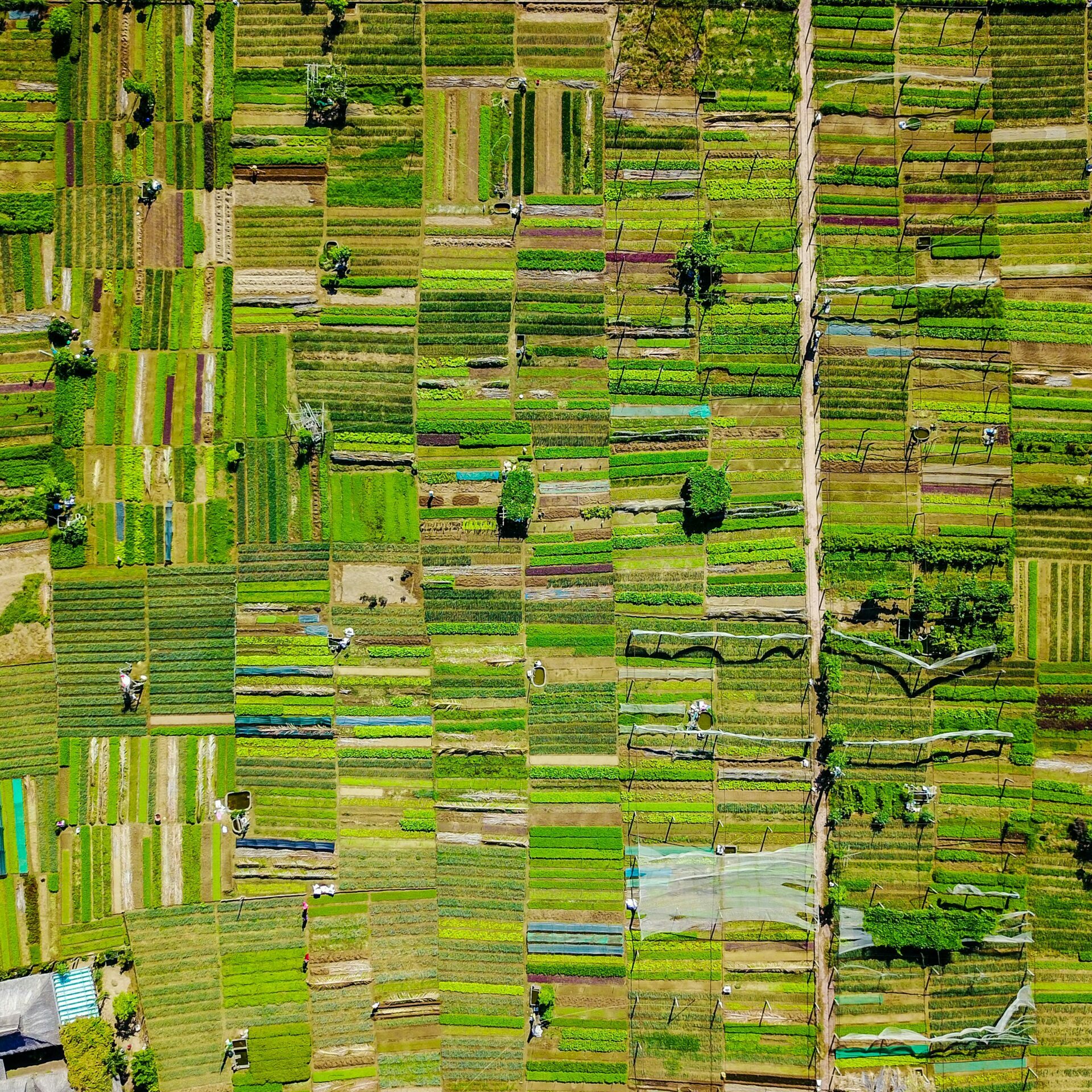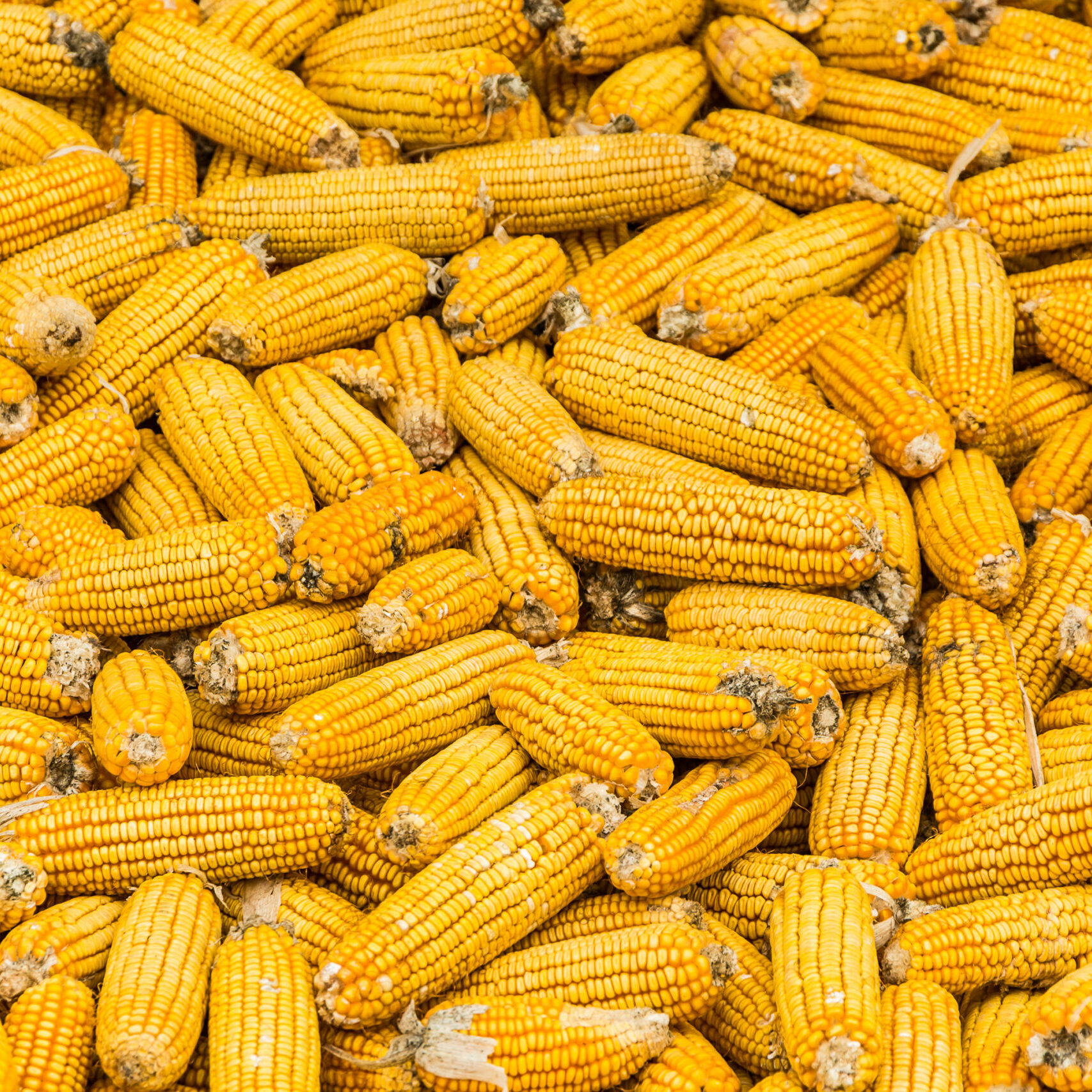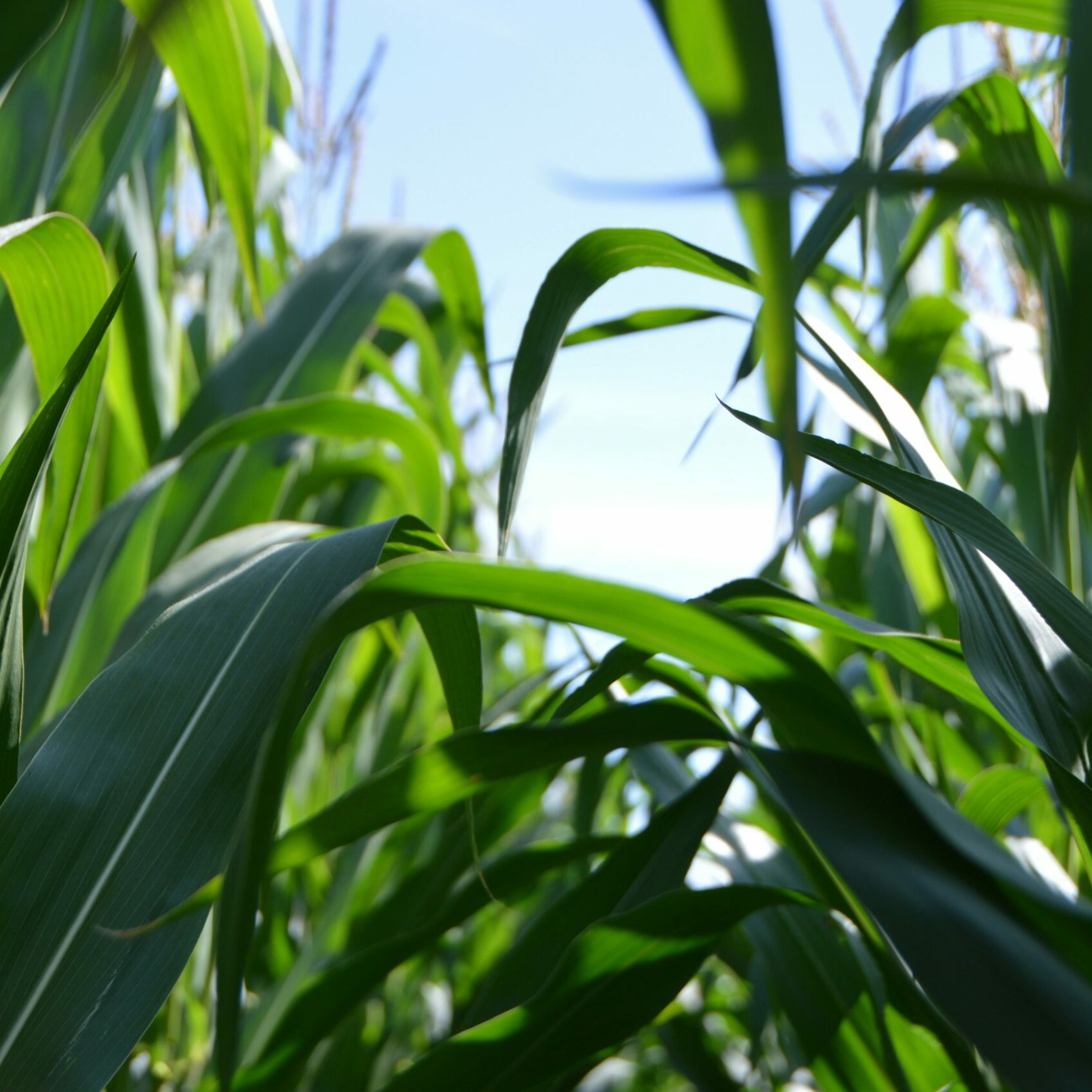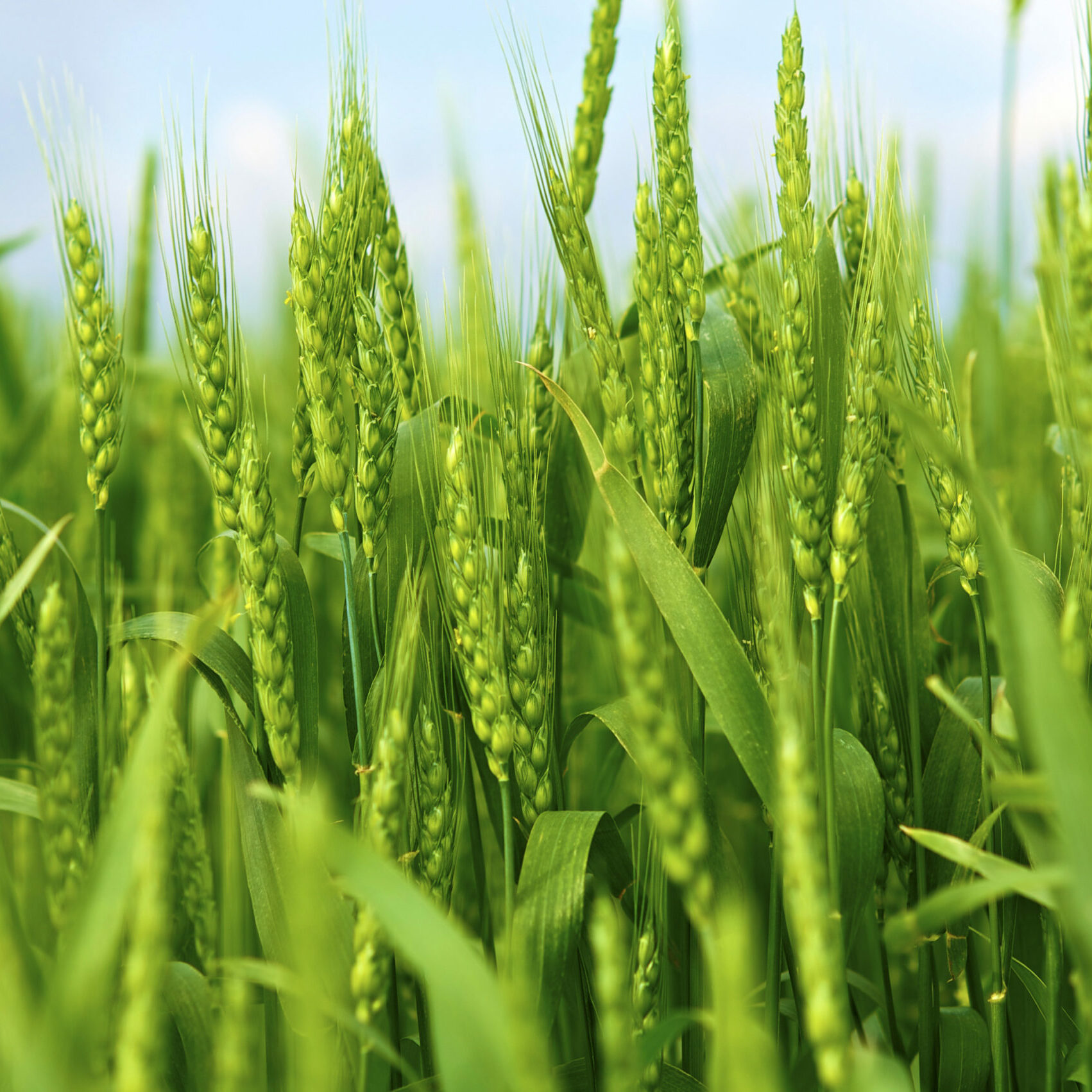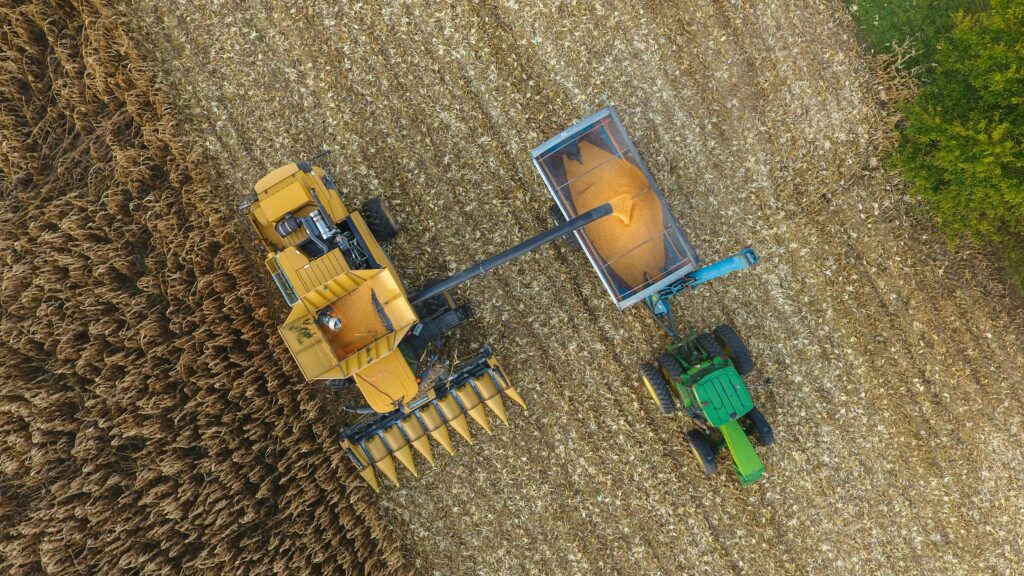
Streamline Your Data Exchange with ISOXML
farming.software’s ISOXML integration module is designed to simplify the integration of Isoxml data into agricultural management systems.
Isoxml is an agricultural data format based on the widely used Extensible Markup Language (XML). Part 10 of the ISO 11783 standard, which focuses on communication protocols for agricultural machinery, defines ISOXML. This allows software (e.g. Farm Management Information Systems) to send instructions (tasks) to tractor terminals. Once a task is completed, machine data like performance metrics can be sent back in ISOXML format.
- Parsing Isoxml data: The module can efficiently parse Isoxml documents, ensuring compatibility with various Isoxml versions and addressing potential inconsistencies.
- Data extraction and transformation: The module extracts relevant data elements from Isoxml documents and transforms them into a format compatible with the target system. This may involve data mapping, unit conversion, and handling of missing values.
- Validation and error handling: The module validates the Isoxml data against predefined schemas to ensure data integrity. It also implements robust error handling mechanisms to gracefully manage invalid or unexpected data structures.
Precision at its Finest: Generating AB Lines, Guidance Paths, and RTK Navigation
One of the most exciting aspects of this module is its ability to generate crucial components for precision agriculture tasks. Imagine a software module that can automatically create:
- AB Lines: These are the digital boundaries that guide tractors and other equipment during automated operations, ensuring precise seed placement, fertilizer application, or any other task requiring straight-line accuracy.
- Guidance Paths: More intricate than simple AB lines, guidance paths can define curved paths or even account for field obstacles. The module can translate Isoxml data into these complex paths, enabling machinery to navigate fields with greater precision.
- RTK GPS Navigation: Real-Time Kinematic GPS navigation provides centimeter-level accuracy, crucial for automated agricultural tasks. The module can leverage Isoxml data to generate RTK GPS instructions, ensuring machines follow the designated paths with unparalleled precision.
Building Blocks of Precision Agriculture: Unveiling Isoxml Entities
Isoxml entities define the building blocks of data within an Isoxml document. These entities represent various aspects relevant to agricultural tasks and machinery. There are two main types of entities:
Entities with ID: These entities are the core elements in Isoxml and represent specific objects or concepts. They have unique identifiers within the document, allowing for clear referencing. Examples include:
- Tasks (TSK): This entity defines details about a specific job to be performed by the machine.
- Devices (DEV): Information about the machinery involved, like tractors or sprayers.
- Products (PDT): Specifications of the materials used in the task, like fertilizers or seeds.
- Treatment Zones (TZ): TZ includes specific areas within a field where the task needs to be carried out.
Entities without ID: These entities provide additional details and attributes associated with the main entities. They don’t have unique IDs but are linked to the main entities they describe. Examples include:
- Attributes (A, B, C, etc.): Provide additional information about the main entity, like timestamps, worker IDs, or specific product quantities.
- Sub-elements: Offer further details within a main entity. For instance, a “Product Allocation” sub-element within a “Task” might specify the amount of a product allocated for a specific zone.
By combining these entities, Isoxml creates a structured format for exchanging data related to agricultural tasks, devices, and related information. This allows for clear communication and efficient data exchange between farm management software and agricultural machinery.


